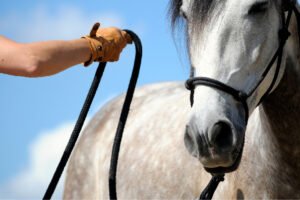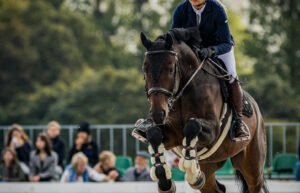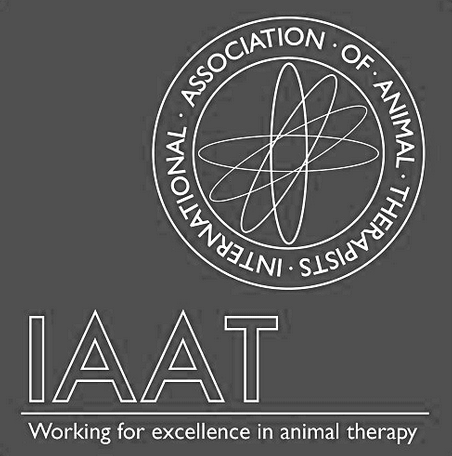In the world of equine sport, it’s no longer enough to think of physiotherapy only as a tool for injury recovery. Today’s competitive horses benefit from proactive physiotherapy care that enhances performance, prevents injuries, and supports long-term athletic careers (Rogers et al., 2012). At Eqwos ept, physiotherapy goes hand-in-hand with structured, individualised training plans designed specifically for the needs of your horse – whether in regular work or high-performance sports.
Training for Health, Not Just Performance
Every horse is unique. Their musculoskeletal development, discipline, training intensity, and previous injuries, all influence how they move and what they need to thrive (Back and Clayton, 2017). This is why I create individualised training plans as part of my physiotherapy services. These plans:
- Are built around your horse’s current condition, posture, and workload
- Address any asymmetries, gait irregularities, or soft tissue restrictions
- Are progressive and regularly updated as your horse develops or as new goals arise
This approach ensures that physical conditioning and therapy evolve together, improving not only health and comfort but also performance outcomes.
What You and Your Horse Will Get by Working with Me (or another certified equine physiotherapist)
Owners and riders who work with me benefit from a fully integrated approach. Here’s what you can expect:
- ✅ Professional physical assessments & physiotherapy treatments
Every plan starts with a thorough physical evaluation. I use palpation, movement observation, and functional tests to assess posture, symmetry, flexibility, and strength. Based on these findings, I apply evidence-based manual and electrotherapies to optimise tissue health and mobility. - ✅ Structured, reliable, and flexible exercise plans
I prescribe tailored in-hand exercises, dynamic pole work, or ridden work modifications, depending on your horse’s current physical condition, the discipline you are training into and your aims. Plans are goal-driven, yet adaptable, ensuring progress without unnecessary stress. - ✅ Results and consistent progress
With regular follow-up and plan adjustments, you’ll see improved core stability, muscle tone, coordination, and overall responsiveness. Horses often show smoother transitions, more freedom in movement, and fewer behavioural signs of discomfort. - ✅ Ongoing support throughout the training
You’ll have direct communication with me during your horse’s training progression. Whether something feels “off” under the saddle or you’re preparing for competition, I’m here to guide adaptations and offer reassurance grounded in biomechanical understanding.
Evidence-Based Approach to Performance and Prevention
As a certified equine physiotherapist, I always keep myself updated with research and new studies, relying on scientific-based information sources only to widen my professional expertise.
Musculoskeletal therapies are backed by a growing body of scientific research demonstrating its role in improving equine athletic performance. For example:
- Core strength and spinal stability: Shakeshaft and Tabor (2020) and Tabor (2022; 2018; 2015) confirm that specific mobilisation exercises improve muscle development and posture.
- Improved performance outcomes: Greve & Dyson (2015) found strong links between poor posture, gait irregularities, and suboptimal performance in ridden horses.
- Injury prevention: Effective conditioning can reduce the incidence of compensatory injuries and long-term strain (Back and Clayton, 2017). A study by Gómez Álvarez et al. (2007) highlighted how subtle asymmetries contribute to uneven loading patterns, which may predispose horses to injury.
A Preventive Strategy That Saves Time and Money
Long-term results aren’t just physical. Preventive physiotherapy has also been linked to reduced time lost to injury and lower overall veterinary costs by catching biomechanical dysfunctions early – before they escalate into clinical issues (Hinchcliff et al., 2014; Hodgson et al., 2014).
By combining manual therapy/electrotherapies, movement re-education, and personalised training support, physiotherapy becomes a cornerstone of your horse’s athletic longevity and not just a remedy when things go wrong.
Ready to Invest in Your Horse’s Potential?
Whether your horse is preparing for competition, coming back from time off, or in regular training, Eqwos ept can provide the structure, guidance, and hands-on care to help them thrive. Through professional assessments, tailored plans, and continuous support, physiotherapy becomes an investment not just in recovery, but in performance, well-being, and partnership.
_________________________________________________________________________________________________________
REFERENCES
Back, W. and Clayton, H.M., (2017). Equine Locomotion, 2nd ed. Elsevier Health Sciences
Greve, L. and Dyson, S.J., (2014). The interrelationship of lameness, saddle slip and back shape in the general sports horse population. Equine Veterinary Journal, 46(6), pp.687-694.
Gomez Alvarez, C.B., Wennerstrand, J., Bobbert, M.F., Lamers, L., Johnston, C., Back, W. and Weeren, P.R. van (2007). The effect of induced forelimb lameness on thoracolumbar kinematics during treadmill locomotion. Equine Veterinary Journal, 39(3), pp.197–201.
Hinchcliff, K.W., Kaneps, A.J. & Geor, R.J., (2014). Equine Sports Medicine and Surgery, 2nd ed. Elsevier Health Sciences.
Hodgson, D.R., McKeever, K.H. & McGowan, C.M., (2014). The Athletic Horse: Principles and Practice of Equine Sports Medicine, 2nd ed. Elsevier Health Sciences.
Rogers, C.W., Bolwell, C.F. & Gee, E.K., (2012). Proactive management of the equine athlete. Animals, 2(4), pp.640–655.
Shakeshaft, A. and Tabor, G., 2020. The effect of a physiotherapy intervention on thoracolumbar posture in horses. Animals, 10(11), p.1977.
Tabor, G. (2015). The Effect of Dynamic Mobilisation Exercises on the Equine Multifidus Muscle and Thoracic Profilemultifidus Muscle and Thoracic Profile. Doctorate dissertation, University of Plymouth.
Tabor, G. (2018). Routine equine physiotherapy. Equine Veterinary Education, 32(7).
Tabor, G. (2022). Veterinary Physiotherapy for Back Pain in the Horse – UK Vet Equine. [online] UK Vet Equine. Available at: https://www.ukvetequine.com/content/clinical/veterinary-physiotherapy-for-back-pain-in-the-horse/?utm_source=chatgpt.com.







